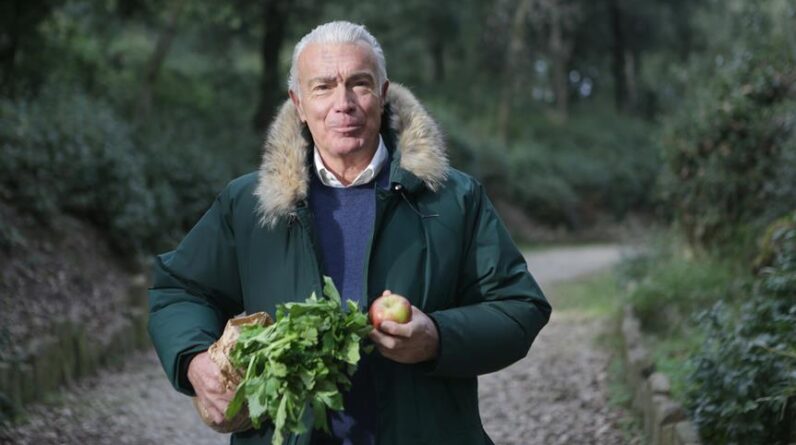
Did you know that extending the growing season can increase your fall garden yield by up to 30%? If you're eager to master the art of fall gardening, look no further.
In this guide, we'll provide you with all the knowledge and tips you need to maximize your harvest. From selecting the right crops to protecting them from frost, we'll walk you through each step of the process.
Get ready to extend your growing season and enjoy a bountiful fall garden.
Key Takeaways
- Root vegetables like carrots and radishes, leafy greens such as kale and spinach, and brassicas like broccoli and cauliflower are suitable for fall gardening.
- Crop rotation and companion planting can help prevent pests and diseases in the garden.
- Proper garden preparation, including cleaning up debris, composting, and incorporating soil preparation techniques, sets the stage for successful fall gardening.
- Using season extenders like row covers and cold frames is crucial for protecting plants from frost and extending the growing season.
Selecting the Right Crops for Fall Gardening
You should consider planting root vegetables like carrots and radishes for your fall gardening. These crops are ideal for the fall season because they thrive in cooler temperatures and can withstand light frost.
When planning your fall garden, it's important to practice crop rotation and companion planting. Crop rotation involves planting different types of crops in the same spot each year to prevent the build-up of pests and diseases. This ensures that your vegetables stay healthy and productive.
Companion planting involves growing different plants together that benefit each other in some way. For example, planting radishes alongside carrots can help deter pests and improve soil quality.
Preparing Your Garden for the Fall Season
When preparing your garden for the fall season, it's important to clean up any debris and remove dead plants, so that your garden is ready for new growth. Clearing away debris not only improves the appearance of your garden, but it also eliminates potential hiding spots for pests and diseases. Additionally, removing dead plants prevents the spread of diseases and allows for better air circulation.
After cleaning up, consider incorporating composting benefits into your garden preparation. Composting enriches the soil with nutrients, improves soil structure, and helps retain moisture. You can create your own compost pile by combining kitchen scraps, yard waste, and other organic materials.
Once your garden is clean and enriched with compost, it's ready for soil preparation techniques, such as tilling, mulching, and adding organic matter. These techniques help improve soil fertility, drainage, and overall health.
By preparing your garden properly, you set the stage for successful fall gardening.
Now, let's explore how to extend the growing season with season extenders.
Extending the Growing Season With Season Extenders
Surely, you can extend the growing season by using season extenders such as row covers and cold frames. Maximizing yield and extending the growing season go hand in hand when it comes to fall gardening.
As the temperatures drop and daylight hours decrease, it becomes crucial to protect your plants from frost and cold weather. Row covers are lightweight, breathable fabrics that can be placed directly over your plants, creating a protective barrier against frost. They allow sunlight, water, and air to reach the plants while trapping heat inside.
Cold frames, on the other hand, are like mini greenhouses that provide additional insulation and create a microclimate for your plants.
Protecting Your Plants From Frost in the Fall
To protect your plants from frost in the fall, consider using row covers or cold frames as season extenders.
Frost prevention techniques are crucial in maintaining the health and productivity of your garden during the colder months.
Row covers act as a protective barrier, shielding your plants from the frosty temperatures and harsh winds.
Cold frames, on the other hand, create a mini greenhouse effect, trapping heat and preventing frost damage.
It's also important to note the significance of mulching in fall gardening.
Mulch helps to insulate the soil, regulate temperature, and retain moisture.
This not only protects plants from frost but also promotes healthy root growth.
By incorporating these frost prevention techniques and practicing proper mulching, you can ensure the survival and success of your fall garden.
Now, let's delve into the next section about harvesting and storing your fall garden produce.
Harvesting and Storing Your Fall Garden Produce
Make sure you pick your fall garden produce at peak ripeness and store it properly to maintain its freshness and flavor. Preserving your harvest is essential to enjoy the fruits (and vegetables) of your labor throughout the colder months. Utilizing root vegetables, which are known for their long shelf life, is a great way to extend the availability of fresh produce. Here are some preserving methods you can use for your fall garden produce:
| Method | Description | Examples |
|---|---|---|
| Canning | Sealing produce in jars with heat | Pickled beets, canned tomatoes |
| Freezing | Storing produce in a freezer | Frozen peas, diced butternut squash |
| Dehydrating | Removing moisture from produce | Dried apples, sun-dried tomatoes |
Frequently Asked Questions
How Can I Continue Gardening in the Fall if I Don't Have a Garden Space Available?
If you don't have a garden space, you can still continue gardening in the fall with alternative methods. Explore indoor gardening options like container gardening or vertical gardening to grow plants indoors and extend the growing season.
Are There Any Crops That Are Not Suitable for Fall Gardening?
Some crops are not suitable for fall gardening due to their sensitivity to low temperatures or shorter daylight hours. However, with proper planning and care, you can have a successful fall garden.
What Are Some Common Pests and Diseases That Affect Plants in the Fall, and How Can I Prevent Them?
To prevent common pests and diseases in fall gardening, you'll want to be vigilant. Keep an eye out for pests like aphids, slugs, and caterpillars. Implement preventative measures like crop rotation, proper watering, and organic pest control methods.
Can I Use Organic Methods to Extend the Growing Season and Protect My Plants From Frost?
To protect your plants from frost and extend the growing season, organic methods can be used. By implementing techniques such as mulching, row covers, and cold frames, you can maximize your yield in fall gardening.
How Long Can I Store the Harvested Produce From My Fall Garden?
You can store harvested produce from your fall garden for several months using proper long-term storage techniques. Preserving methods such as canning, freezing, and dehydrating can help extend the shelf life of your produce.












